
5 signs to help detect colitis early, the first signs of which are often overlooked

Colitis is a common gastrointestinal condition in our country and carries a high risk of developing into colon cancer. Although dangerous, colitis is often mistaken for simple digestive disorders because the symptoms are very similar. The article below will help you recognize five early and common signs of colitis.
Symptoms of Colitis
How to Detect Colitis
Chronic colitis can negatively affect a patient’s mental health, physical well-being, and daily life.
Digestive Disorders
This is the first warning sign that you may have colitis, as your digestive function becomes impaired. Patients may experience:
✤ Bloating and abdominal distension
✤ Belching
✤ Indigestion
However, these symptoms can also appear in people with stomach diseases or proctitis. Therefore, patients should continue monitoring their condition and rely on the additional signs below to determine whether they truly have colitis.
Abnormal Bowel Movements
Along with digestive disorders, patients with colitis may notice abnormalities in their bowel habits, such as:
✤ Changes in bowel routine: A person who normally has a morning bowel movement may suddenly feel the urge to go at any time of the day, even at night.
✤ Diarrhea: A common sign of spastic colitis, with frequent bowel movements occurring multiple times a day, depending on the severity of the disease.
✤ Alternating constipation and loose stools: The beginning of the stool may be firm, while the end becomes loose or mushy.
✤ Tenesmus: Feeling the urge to defecate even right after having a bowel movement.
Persistent Abdominal Pain
Spastic colitis often causes abdominal pain whenever the colon contracts strongly. These episodes have the following characteristics:
✤ Pain is not localized to one specific area.
✤ Pain may be dull and persistent at times, then suddenly become intense depending on the strength of the colon contractions.
✤ Pain worsens after eating irritating foods such as sour or spicy dishes, or after drinking alcohol.
✤ Pain improves or disappears after a bowel movement.
Patients may also feel abdominal discomfort. When pressing on the abdomen, the area may feel soft and distended, and sometimes small hard lumps can be detected along the colon.

Stools Containing Mucus or Blood
When the colon contracts, ulcers inside the colon release more secretions. Patients with severe ulcerative colitis may experience bleeding. Mucus and blood then appear in the stool. The amount of blood varies depending on the severity of the condition. This is a typical sign of spastic colitis and can be easily observed when using the restroom.
Other Visible Symptoms
In addition to the symptoms above, colitis may also be identified through external signs such as:
✤ Loss of appetite, fatigue, and general weakness
✤ Rapid weight loss
✤ Insomnia
How to Detect Colitis
In reality, the symptoms of colitis can easily be confused with those of common digestive disorders. As a result, many patients tend to ignore or underestimate them when the symptoms are still mild. Regular health check-ups and cancer screening are the only reliable ways to detect early signs of colitis and improve treatment outcomes while preventing recurrence.
At Thu Cúc Hospital, several screening packages are available for comprehensive digestive and general health examinations. Depending on the patient’s symptoms and available medical equipment, doctors may order tests such as stool tests, blood tests, CT scans, or colonoscopy. Among these, colonoscopy is the most widely used and accurate method for determining the stage of the disease.
Thu Cúc is proud to be one of the leading facilities in adopting the advanced NBI 5P endoscopy technology, providing patients with a comfortable and gentle examination experience. Unlike traditional endoscopy, NBI uses narrow-band light with two wavelengths: 415 nm and 540 nm.
This allows NBI endoscopy to visualize deeper and more clearly beneath the mucosal layer, focusing sharply on essential regions, detecting changes on the surface of the gastrointestinal mucosa and the shallow capillary network. It helps identify abnormal proliferation of superficial microvessels at tumor sites. Thanks to this, doctors can detect lesions, tumors, and precancerous changes at their earliest stages.
News in the same category


6 Foods You Should Never Combine With Honey
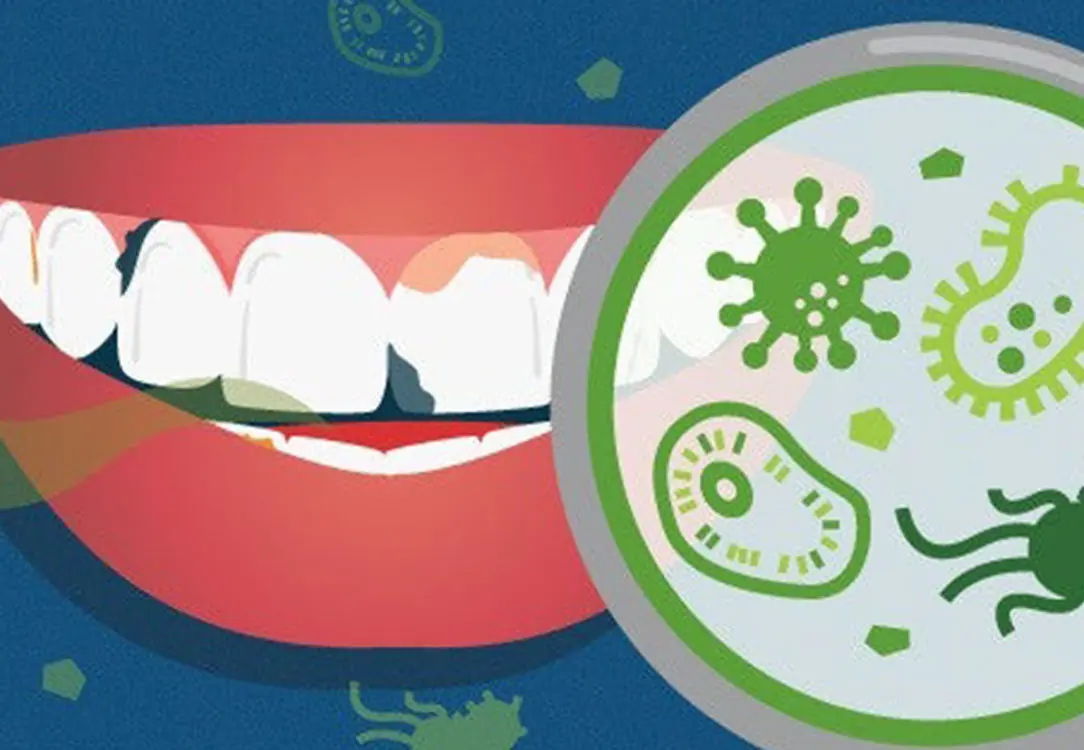
Poor Oral Health Linked to Increased S.troke Risk

5 Silent Warning Signs of High B.lood Pressure You Should Never Ignore
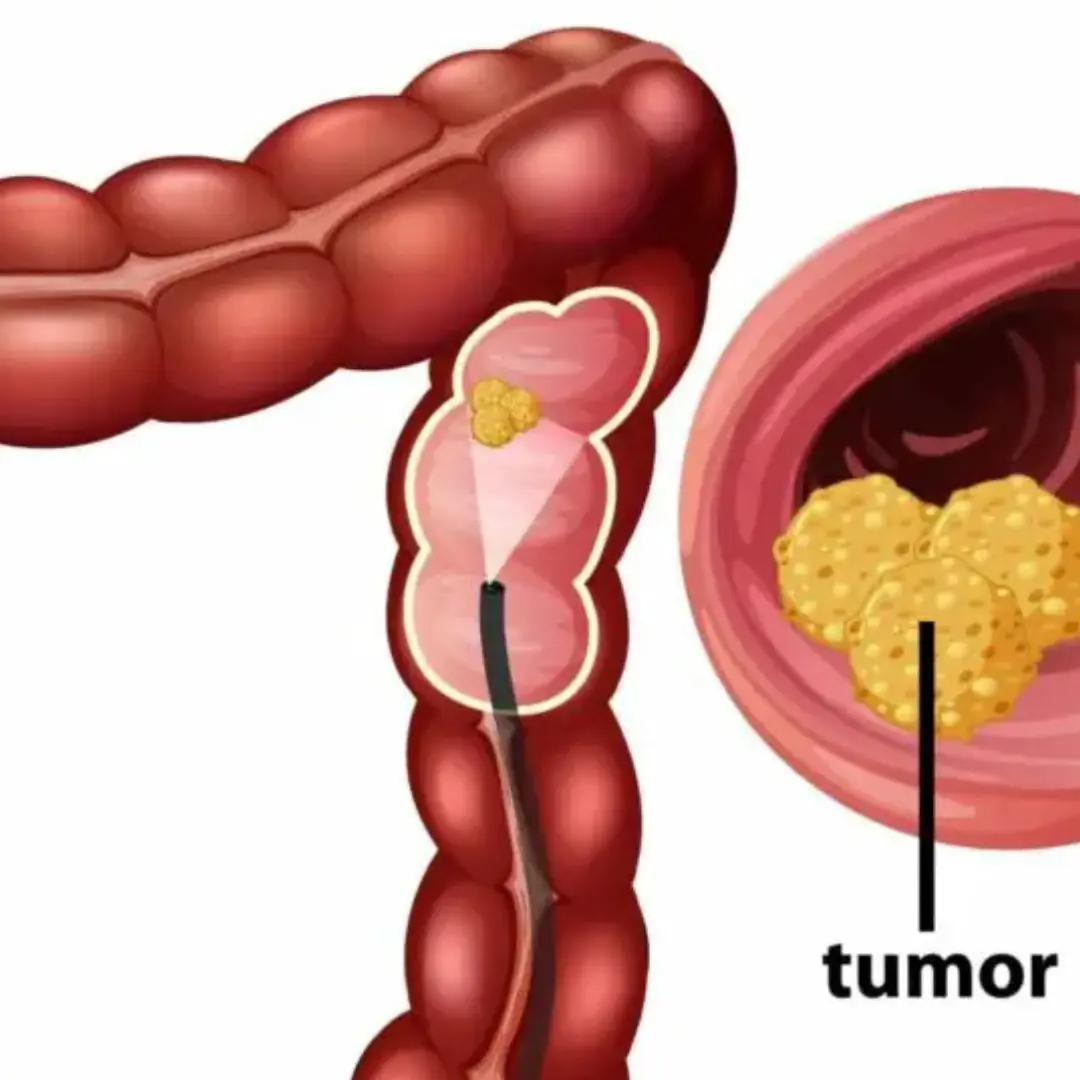
She Spotted These 5 Colon Ca.nc.er Symptoms Early — Here’s What You Should Watch For
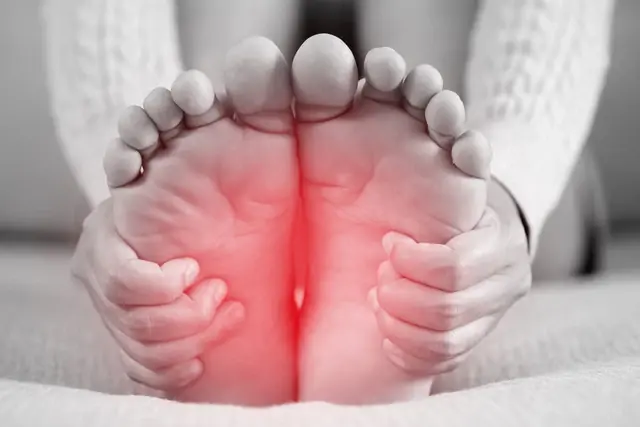
If your feet show these 5 signs, it may be a warning of a serious condition

Cervical Can.cer: Are You in a High-Risk Group?

6 Silent Warn.ing Signs of Br.east Can.cer Women Often Miss — Don't Ignore These Signals
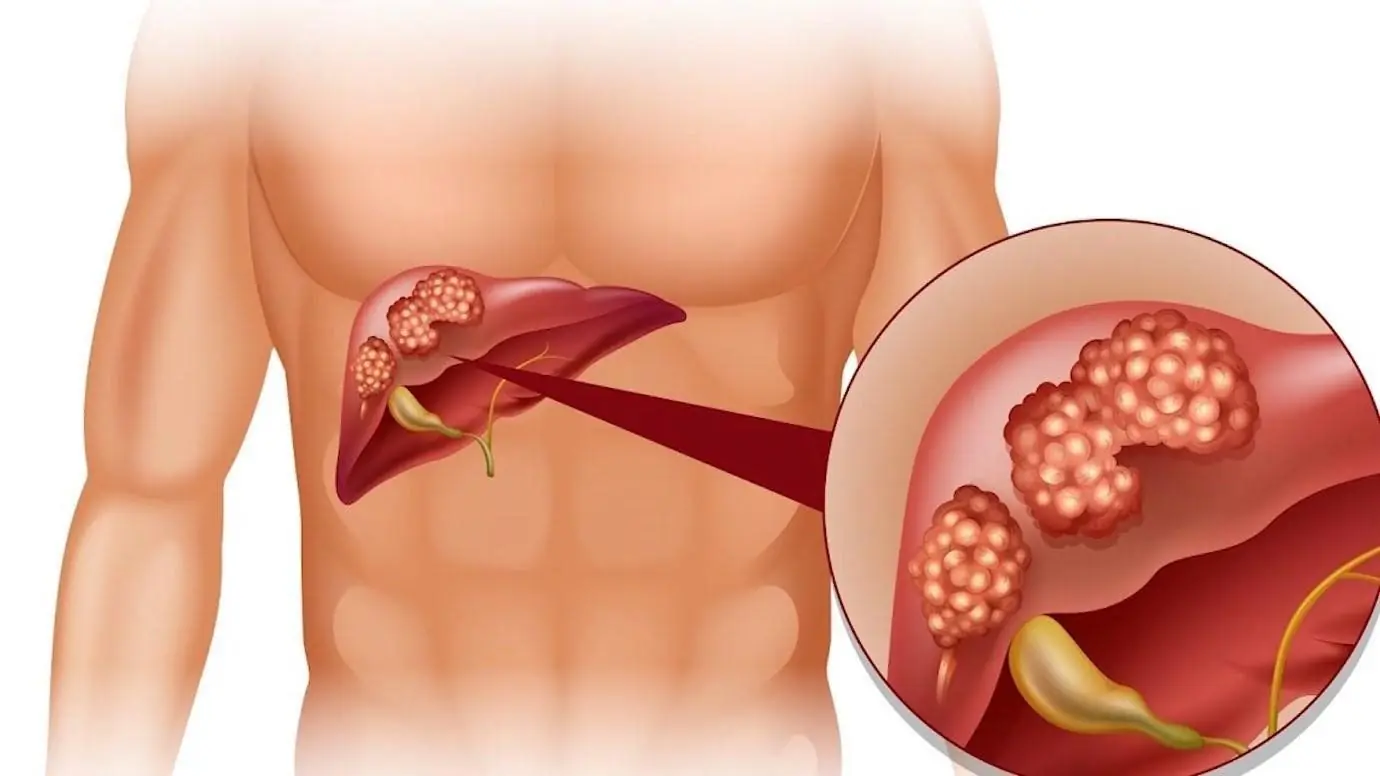
Your Li.ver Is Tired — 7 Hidden Signs You’re Mistaking for “Normal” Stress

The Hidden Mineral Deficiency Behind Your Fatigue, Bloating, and Anxiety

A 38-Year-Old Woman With a Sto.mach Ulcer Never Imagined Her Daily Habit Would Lead to Such Serious Consequences

5 Times You Should Never Take a Shower — No Matter How Dirty You Are

Two everyday seasonings many people use are “catalysts” for thy.roid can.cer

15 Hidden Warning Signs of Can.cer You Should NEVER Ignore—Spot Them Early!
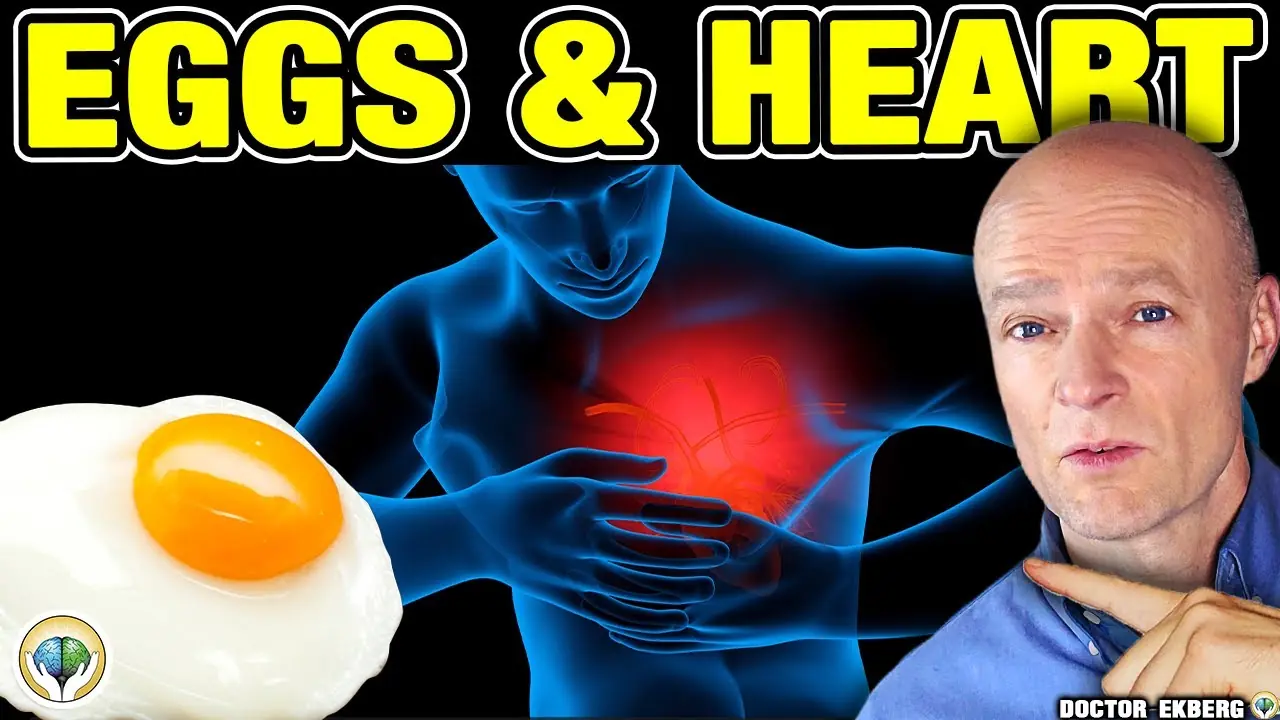
The Heart-Boosting Secret: How Eating Eggs Daily Could Help You Live Longer

6 Delicious Foods Packed with Collagen for Healthier Skin & Joints: Boost Your Glow Naturally!

Doctors Reveal: Eating Okra May Cause Unexpected Health Effects

Stop Sleeping on Your Right Side — Here’s Why It’s Hurting You

People with weak hearts and heart disease often have difficulty avoiding these 5 "strange" feelings when sleeping at night!
News Post

Foods that can ease swelling in hands and feet

6 Foods You Should Never Combine With Honey

7 Bad Habits That Harm Your Heart

7 Signs Your Body Might Be Iron Deficient

Poor Oral Health Linked to Increased S.troke Risk

A Fruit People With Kid.ney Disease Should Limit

4 Types of Salads You Should Eat Regularly to Support Li.ver Detoxification

4 Natural Ingredients That Help Protect the Li.ver in Men

3 Everyday Vegetables American Doctors Eat to Keep Their Li.ver Healthy

6 Daily Habits That Can Finally End Your Sleepless Nights

6 Eating Mistakes That Can Damage Your Health

5 Foods You Should Avoid at Night If You Don’t Want to Lose Sleep

3 Silent “Culprits” That Dramatically Increase Your Risk of Stroke

5 Silent Warning Signs of High B.lood Pressure You Should Never Ignore

The Type of “Waste” Everyone Throws Away but Experts Call a Hidden Treasure:

She Spotted These 5 Colon Ca.nc.er Symptoms Early — Here’s What You Should Watch For

If your feet show these 5 signs, it may be a warning of a serious condition

4 TERRIBLE MISTAKES That Make Your Home Smell Bad All the Time — Without You Realizing It
